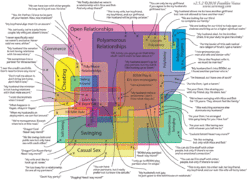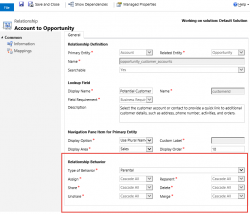
The subject of today’s tip is highly debatable but Eric Regnier did do justice to it. (Want to start a discussion of your own? Email your tip to jar@crmtipoftheday.com) In many implementations particularly complex ones, often comes a situation to determine if the same entity should be used for the different “types” (or categories). Say […]
 of the
of the


